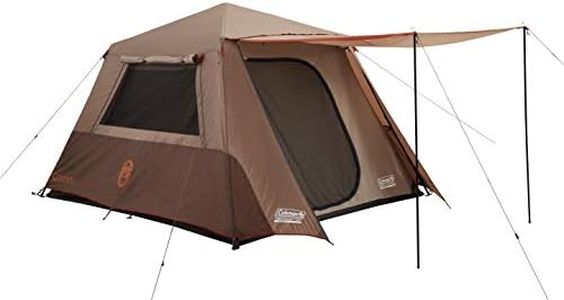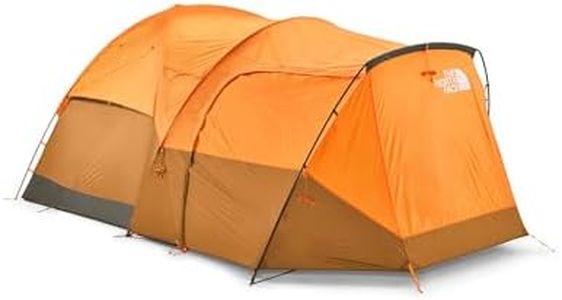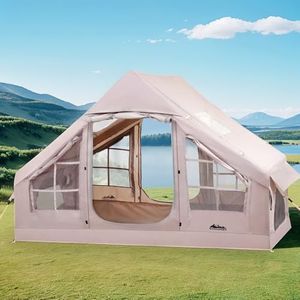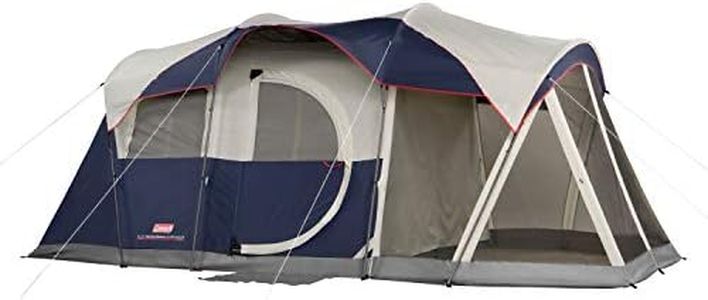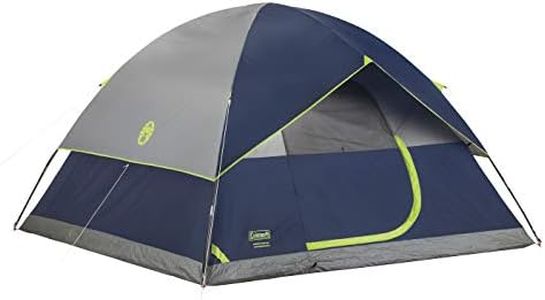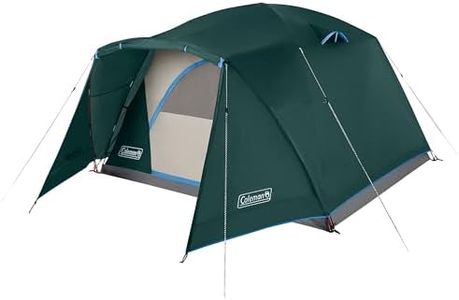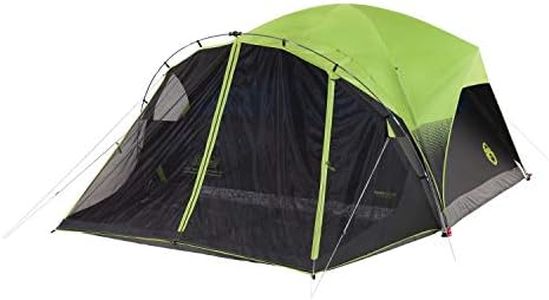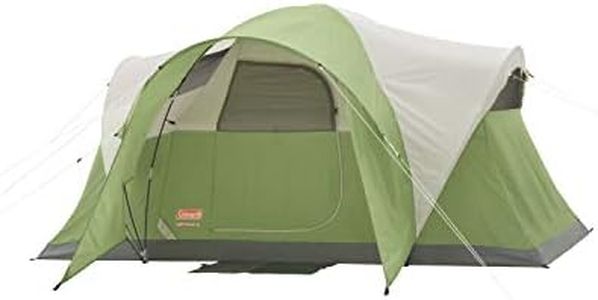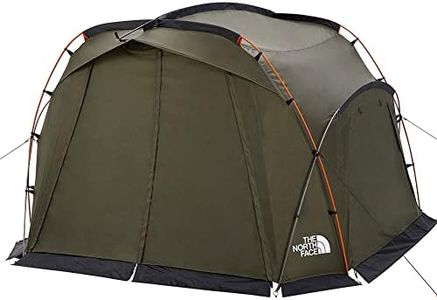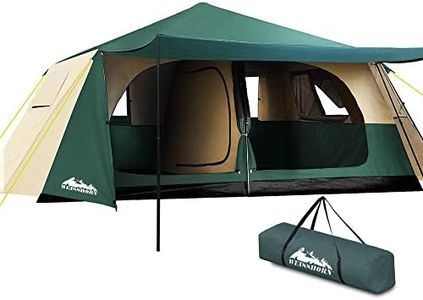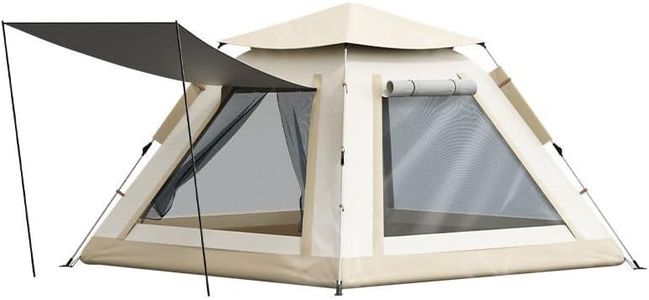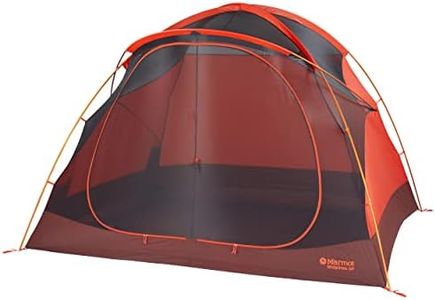We Use CookiesWe use cookies to enhance the security, performance,
functionality and for analytical and promotional activities. By continuing to browse this site you
are agreeing to our privacy policy
10 Best 6 Person Tents
From leading brands and best sellers available on the web.Buying Guide for the Best 6 Person Tents
Choosing a 6-person tent is a great option for families, small groups of friends, or anyone who wants extra space to spread out while camping. Before you buy, think about how you plan to use the tent: Will you be car camping, hiking a short distance, or staying in one place for several days? The right tent for you will balance space, comfort, and ease of setup, while keeping you protected from weather. Knowing the main features and how they impact your experience will help you find a tent that matches your real needs.Size and Floor SpaceSize and floor space tell you how much room you’ll have inside the tent. This is usually measured in square feet or meters. A '6-person' label means it can fit six sleeping bags side by side (like sardines), but that's usually pretty tight. If you want more comfort, consider whether you want extra room for gear, movement, or air mattresses. Some tents offer more generous space or a higher ceiling for standing up. Think about your group size, how much gear you bring, and if you want space to move around, then look at the floor dimensions rather than just the '6-person' tag.
Weight and Packed SizeWeight and packed size refer to how heavy the tent is and how small it becomes when folded up. Heavier tents can be sturdier and roomier, but are harder to carry over long distances. If you’re car camping, weight isn't a big issue. If you need to walk or backpack with your tent, look for lighter options and check the packed size so it fits with your other gear. Always consider how far you'll need to transport the tent when making your pick.
Weather ProtectionWeather protection is about how well your tent shields you from rain, wind, and even sun. Look for features like waterproof floors, rainflies that cover the tent well, strong poles, and good quality seams. If you often camp in rainy, windy, or cold conditions, prioritize tents with thicker materials and full-coverage rainflies. For dry climates, more ventilation and less weight may be ideal. Imagine the kind of weather you expect, then choose a tent with the matching level of protection.
VentilationVentilation refers to how well air moves through the tent. Good ventilation reduces condensation inside, making your nights more comfortable and less stuffy. Ventilation comes from mesh panels, windows, or vents. If you camp in warm or humid areas, choose a tent with more mesh and multiple venting options. If you often camp in colder weather, balance ventilation with warmth by choosing adjustable openings you can close.
Ease of SetupEase of setup is about how simple and quick it is to pitch your tent. Some tents use fewer poles, color-coded parts, or quick-clip systems to make setup easier. If you’re new to camping or expect to put your tent up in the dark or bad weather, an easy-setup design is a big plus. Read user reviews or look for setup videos to get a sense of how straightforward each tent will be.
Doors and VestibulesDoors and vestibules are about how you get in and out and where you store your stuff. More doors are handy for groups so people don’t climb over each other at night. Vestibules are sheltered areas outside the main tent body for storing shoes, bags, or gear without bringing dirt inside. Think about how many people will use the tent and how much outside storage you’ll need when choosing the right door and vestibule setup.
Storage FeaturesStorage features are the little extras like interior pockets, gear lofts, and hooks for hanging lanterns. These help keep your living space tidy and make it easier to find things at night. If you camp for several days or like an organized space, these features can make a big difference. Look for tents with enough pockets and storage solutions for your usual camping routine.
Durability and MaterialsDurability and materials reflect how well the tent will stand up to rough use, sun exposure, and strong weather. Higher-denier fabrics and aluminum poles add strength but can add some weight. If you camp frequently or in tougher environments, prioritize more robust materials. If you camp gently, mostly in fair weather, you might choose lighter or less rugged options.
